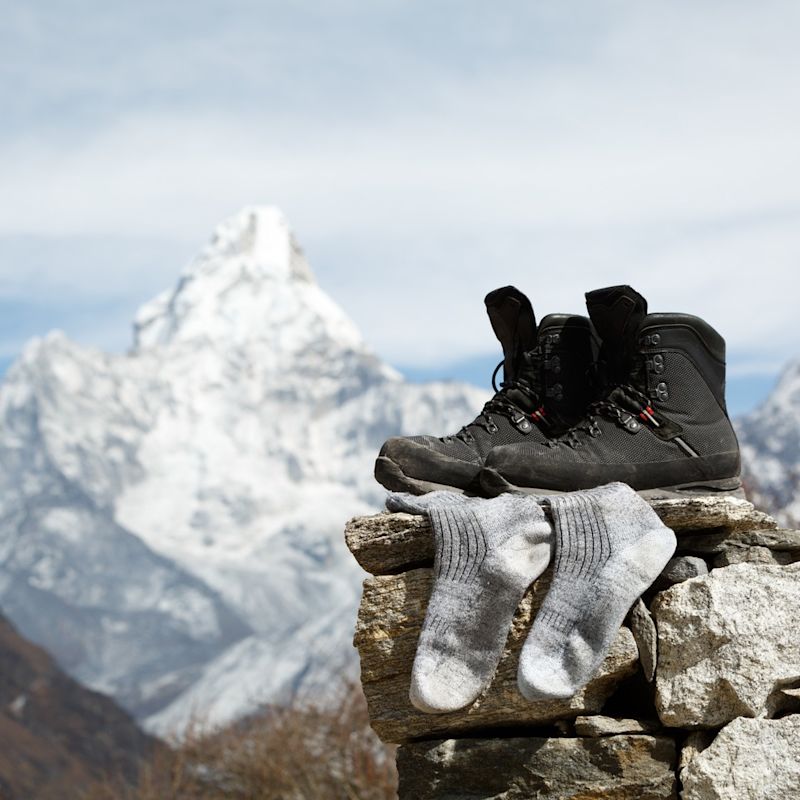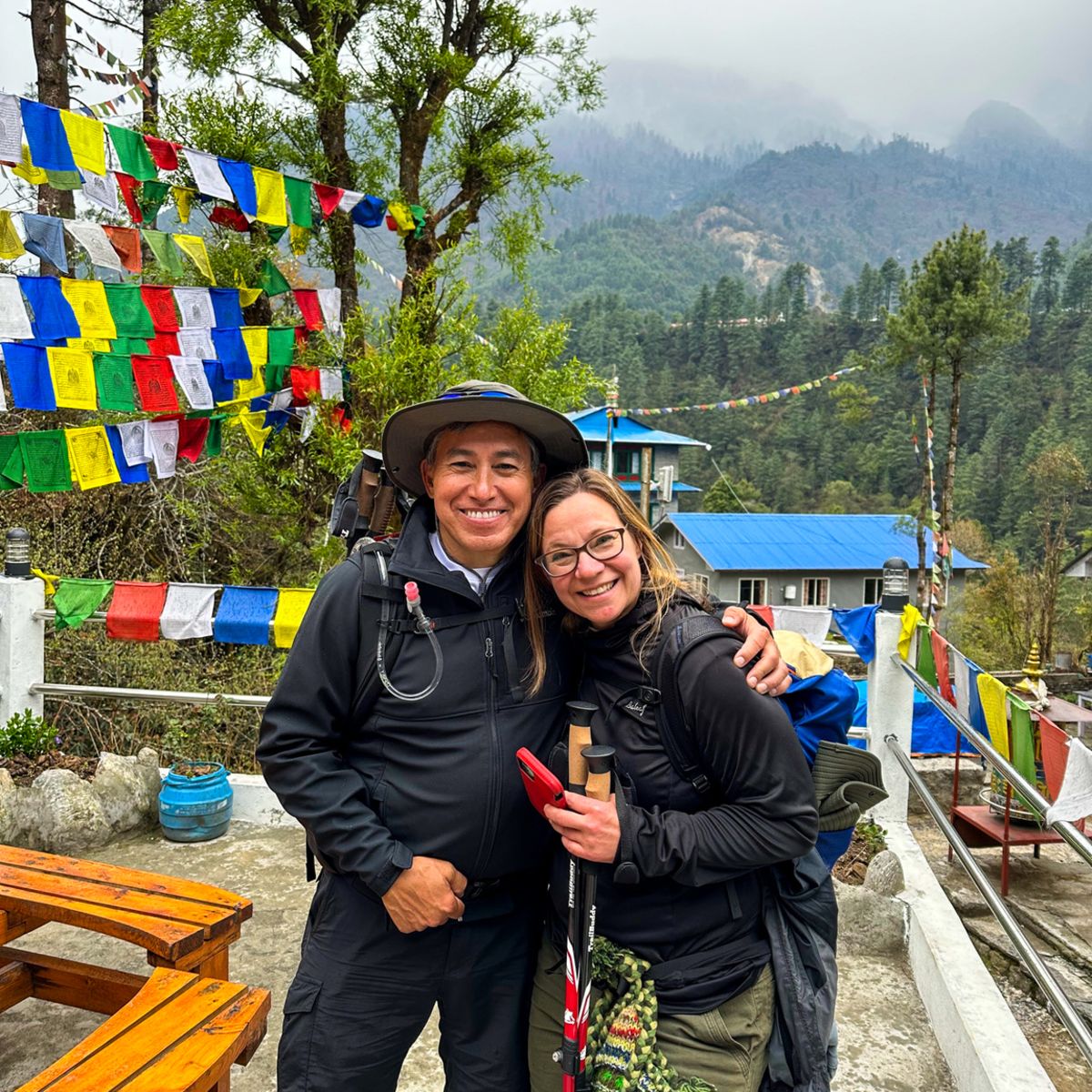
Nepal trekking 101: How to dress for a high-altitude trek in the Himalayas
Unless you've done a high-altitude trek before, it's likely you won't have all of the clothing you need to keep warm, comfortable and safe on such an adventure. That's where we come in. Read on for a head-to-toe list of what to pack for a trek in Nepal.
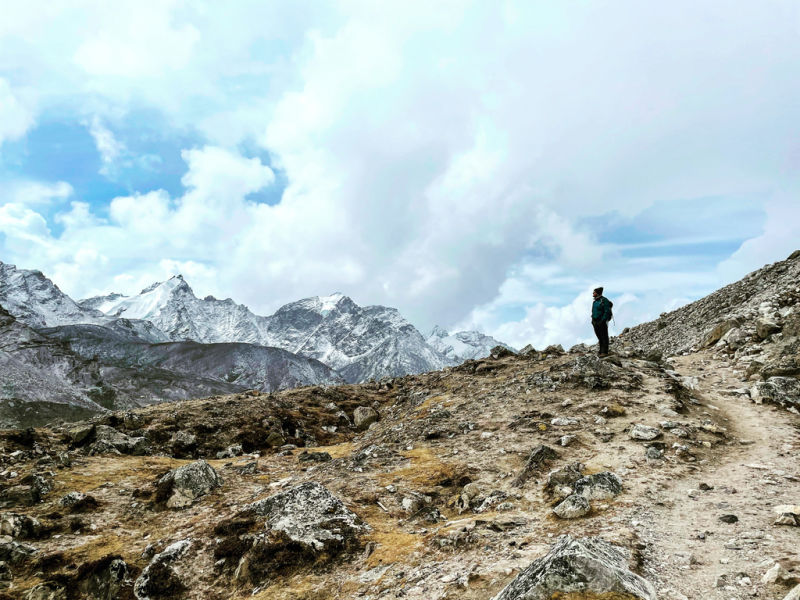
The secret is in the layers
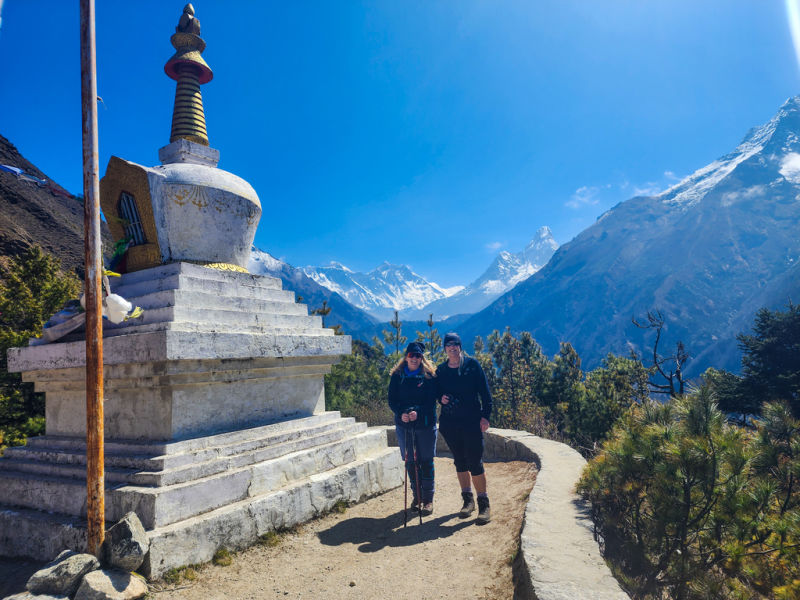
Base layer Mid layer Outer layer
1. Base layer
Your base layer should fit snugly while not being too tight. You want to insulate your body while not constricting your movements.
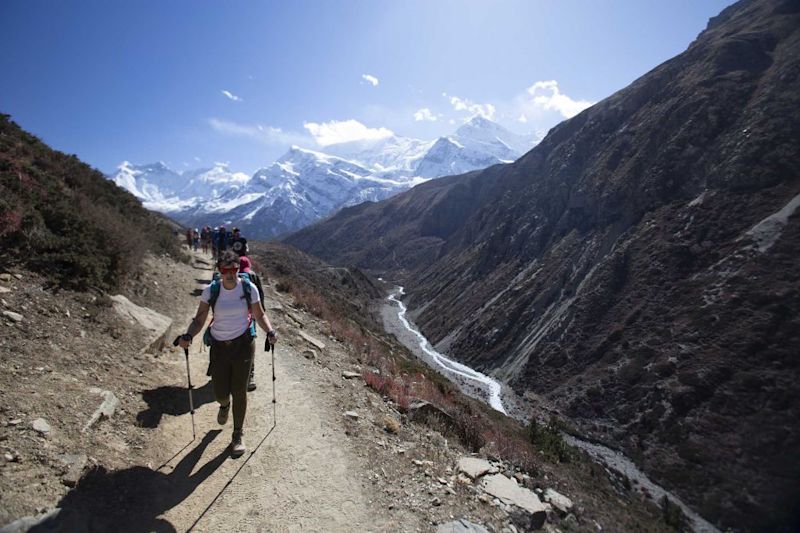
A typical base layer packing list
Synthetic underwear. Shorts and sports tops for any warm weather. Long-sleeved thermal shirts and thermal long johns or leggings for colder days. Thin socks or sock liners. Thin or inner gloves. Synthetic buff (which can be pulled over your nose to keep out dust).
2. Mid layer
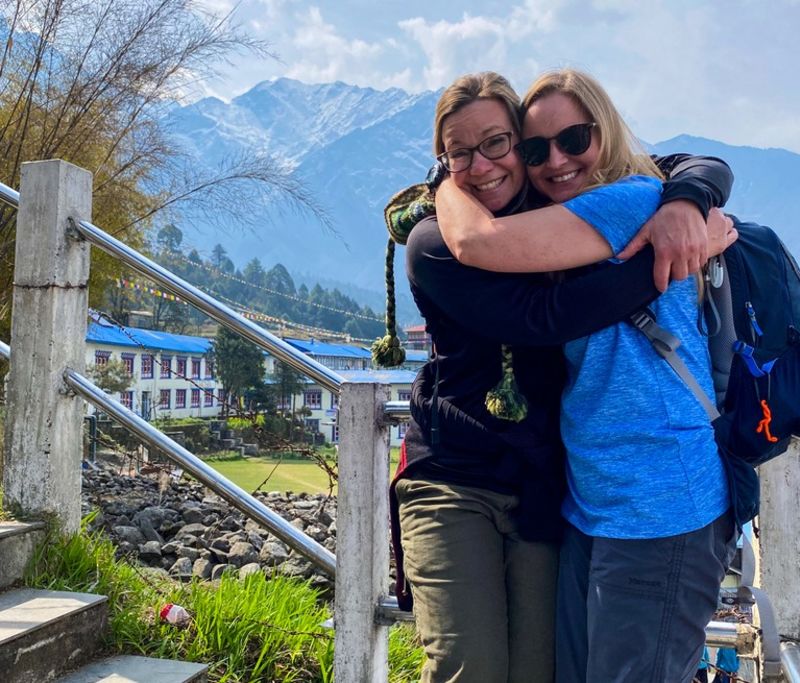
A typical mid layer packing list
Trekking pants (ones with zips that can become shorts are ideal). Long-sleeved sports tops. A fleece jacket. A down jacket (for the higher altitudes). At least two pairs of regular hiking socks. At least two pairs of thermal hiking socks.
3. Outer layer
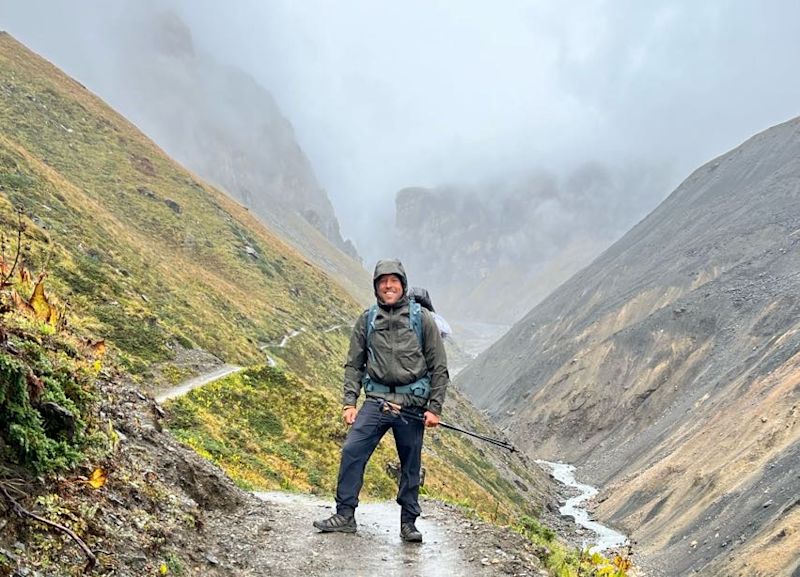
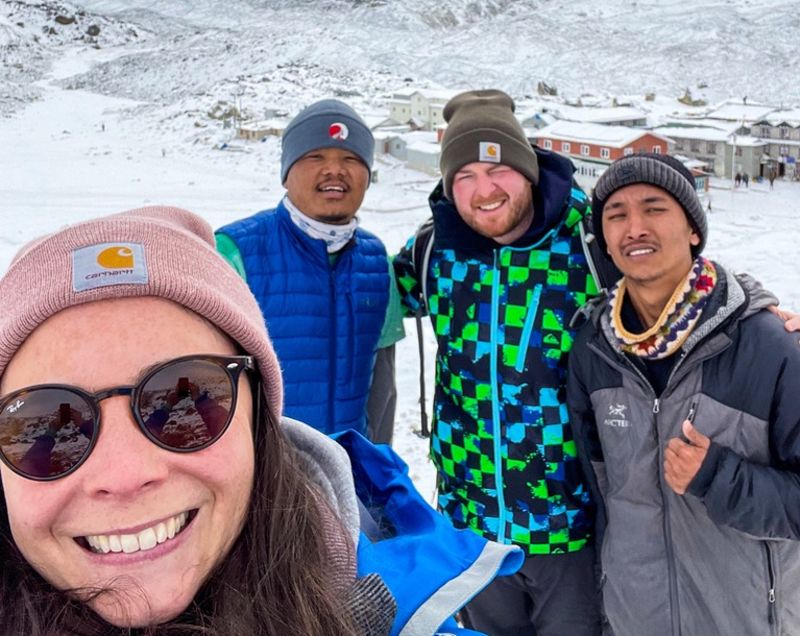
A typical outer layer packing list
Waterproof or water-resistant trekking boots. * A rain jacket (with vents). Waterproof over pants (that can be pulled over your boots). an ankle zip For example, you can wear a rain jacket and pants as your outer layer. Gaiters (these help to keep your boots and lower legs dry). Polarised, wrap-around sunglasses with high UVA and UVB protection (like sports sunglasses). A broad-brim sunhat or sports cap for lower altitudes (ensure it sits comfortably along with your sunglasses). A balaclava or a warm snood and beanie for higher altitudes. Waterproof thermal gloves or mittens (they should fit snugly over your inner gloves).
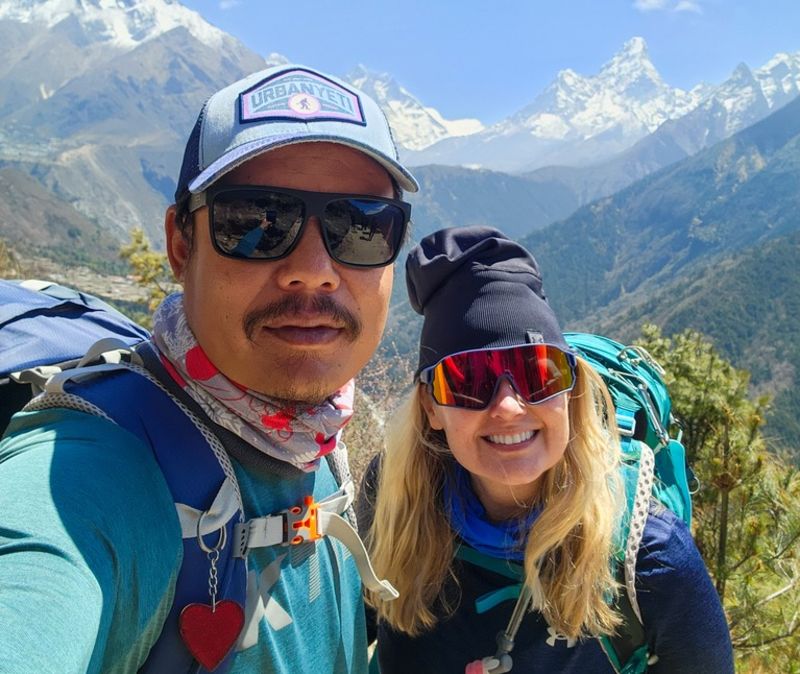
Don’t forget downtime clothes
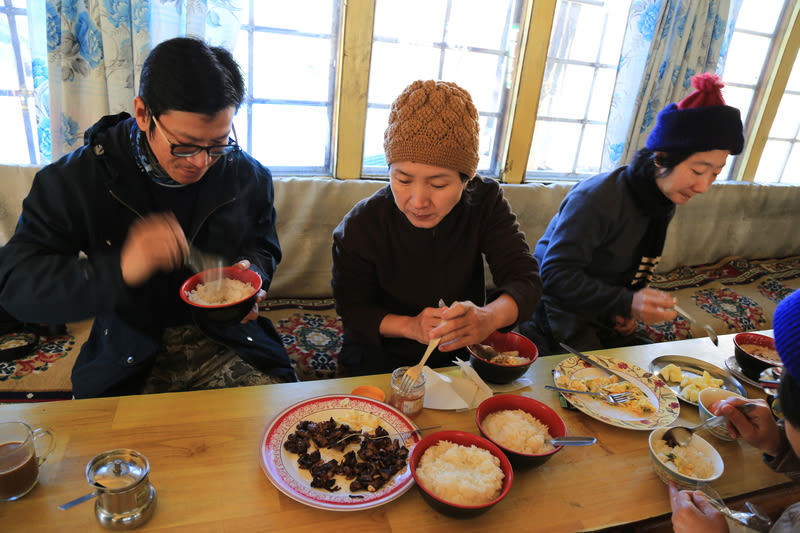
A typical downtime outfit
Sneakers (you will need to give your boots time to air and dry). Thermal socks. Thermal long-sleeved vest. A long-sleeved fleece or similar. Thermal long johns. Comfortable sweatpants. Gloves. A beanie or balaclava (not the one you trekked in, as that will be sweaty).
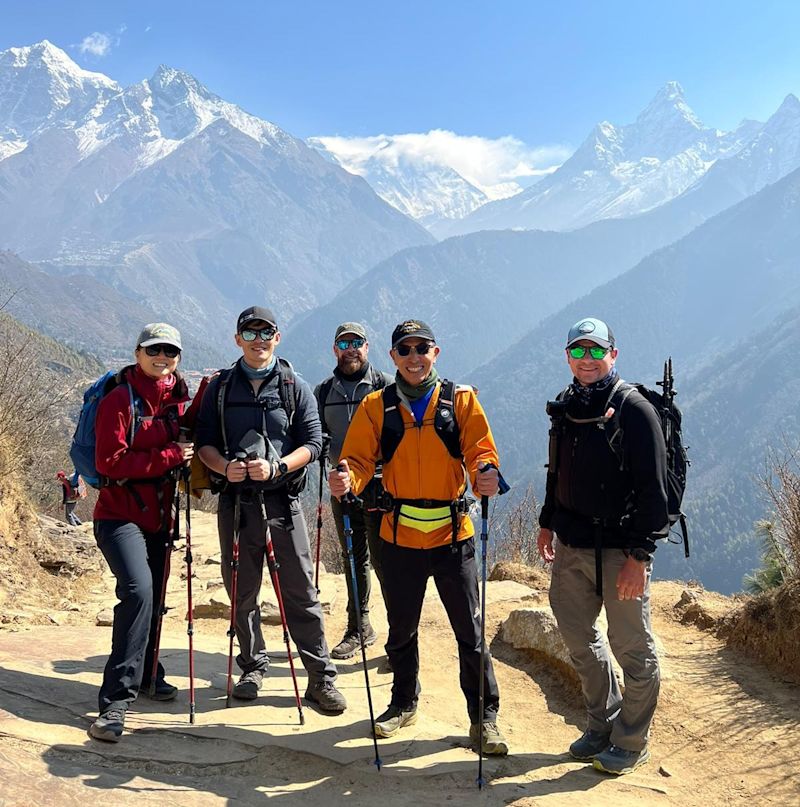
Final dressing tips
You should check the weather forecast just before heading off on your trek and make any necessary adjustments to your luggage. Work through the packing list provided by your tour operator very methodically. Do this well ahead of your trek dates so that there's time to buy missing items or arrange to borrow or rent them. Many items can be rented very affordably in Kathmandu. Air your clothes as soon as you arrive at your accommodation at day's end. You want to give them as much time as possible to dry.
